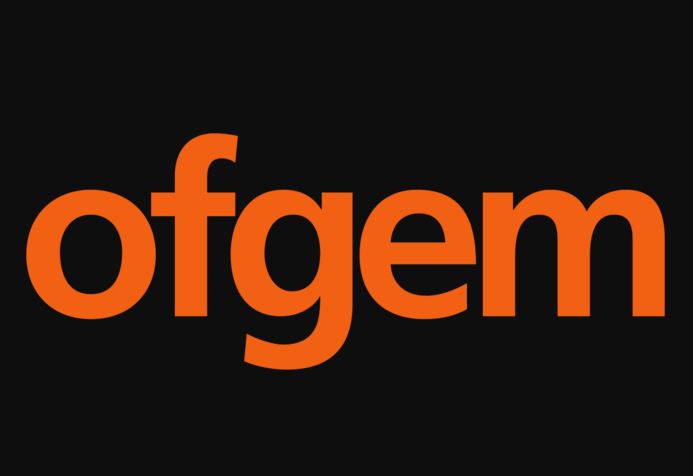Britain’s energy regulator today opened up its long-promised consultation on the future of the retail price cap for domestic billpayers.
Ofgem defends the price cap as working well since its introduction in 2019, protecting customers from the worst of volatile, post-Ukraine wholesale power markets. Reformulations have included a temporary ban on acquisition-only tariffs, stopping suppliers from penalising inattentive customers.
Around half of UK homes were covered by the price cap when it launched. Bills rocketing in consequence of Covid & of Putin’s war in Ukraine have pushed that share to over 90 per cent now.
The watchdog says a power sector increasingly dominated by renewables and smart technologies favouring flexible, time-shifted consumption, are already speeding up changes in home usage behaviours. Growing numbers of homeowners generating onsite, operating batteries, charging EVs or using heat pumps more and more call the cap’s present scope into question.
With waves of households set to adopt time-of-use tariffs, the watchdog says devising a universal price cap is getting trickier for policy makers as much as suppliers.
Half hourly settlement set to arrive next year as an option for home consumers will inject yet more variety into how Britain’s residences use electricity, the body recognises.
Ofgem’s discussion paper today on the future of price protection follows D-ESNZ’s call in February for evidence (CFE) on default tariffs.
The regulator’s suggested options for the price cap’s evolution include:
- making it more dynamic, capping time-of-use unit rates to encourage consumer flexibility
- introducing a targeted cap, reflecting factors such as customers’ financial vulnerability
- opting for more market-based protection, such as setting a limit between a supplier’s default tariff and other rates
- capping suppliers’ profit margins, or
- replacing the cap with a ban on acquisition-only tariffs
Today’s consultation ends on 6 May. Its proposals are part of Ofgem’s wider work to review how the retail market for home energy is set up, ensuring it favours all consumers including those who struggle the most to meet bills which have trebled or worse since Britain emerged in 2021 from Covid.
Last month the watchdog issued its call for input to examine issues around affordability and debt in the energy market. It is also reviewing 30,000 responses to a call for opinions on standing charges which closed in January.
Ofgem’s director of retail Tim Jarvis said: “While the price cap played an important role in protecting consumers from the loyalty penalty that existed before its introduction, the energy market is changing as we move to Net Zero. We recognise the systems we have in place may need to change too.
“We’re considering how a wide range of future consumers will use and pay for energy, to make sure we develop the right measures that will protect and benefit consumers across the board. Our aim is ensure the market works for everyone”.
In related assessments, Ofgem will review over the next two years whether its supervising rules need to levelise bad debt charges between direct debit and standard credit customers. Also flagged for review are changes in suppliers’ operating costs and how these are reflected in the price-cap level.
In February D-ESNZ published its own appeal for input, exploring how default tariffs may evolve as the market changes.




